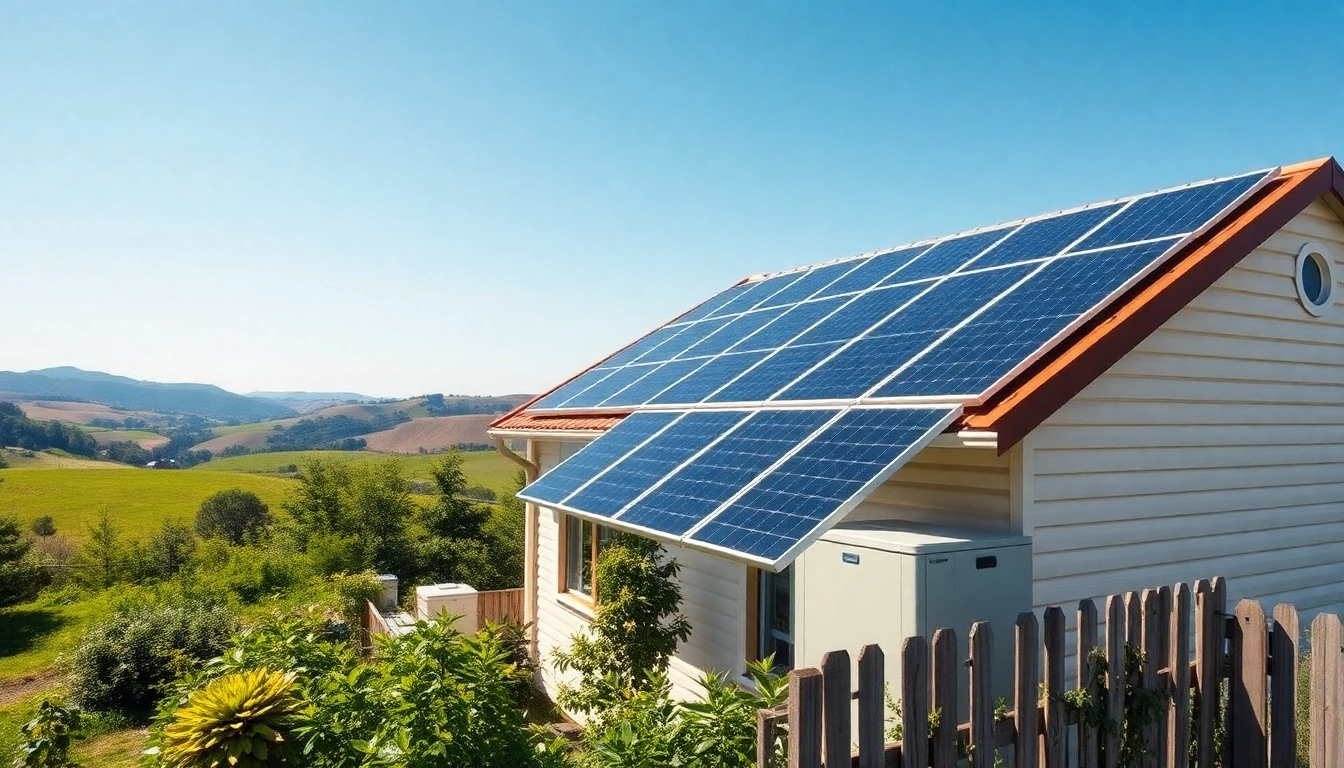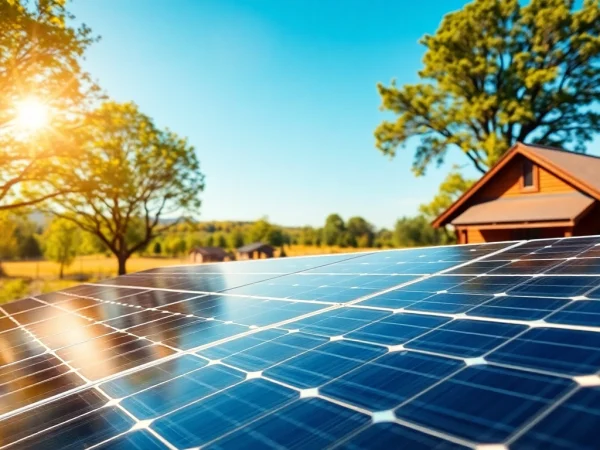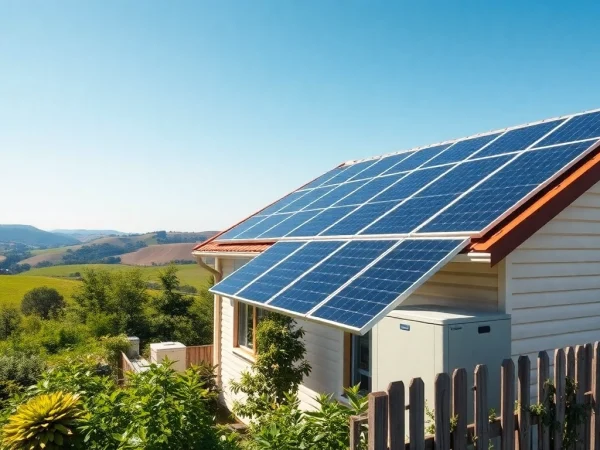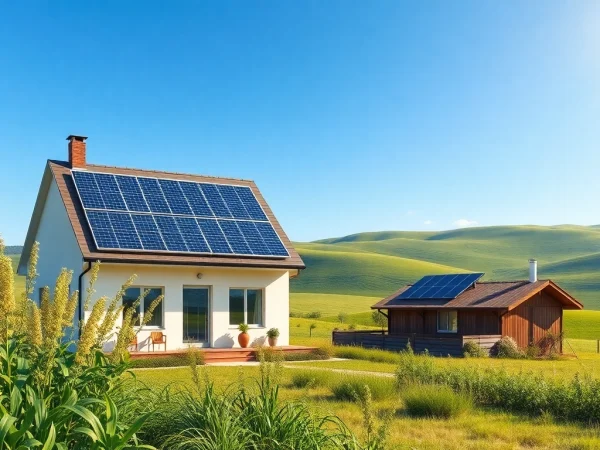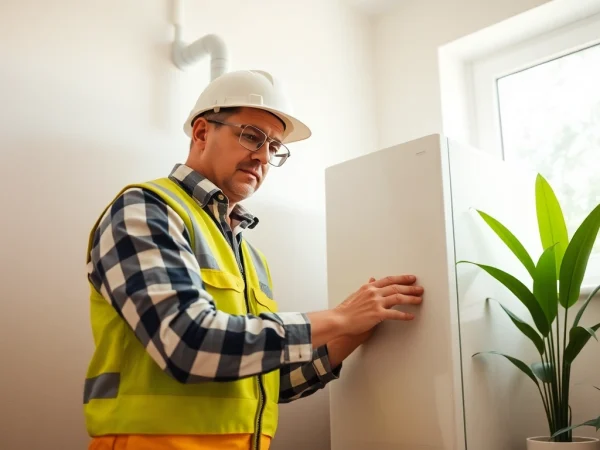Enhancing Energy Independence with an Off Grid Home Solar System
Understanding Off Grid Home Solar Systems
What is an Off Grid Home Solar System?
An off grid home solar system is a solar energy setup that operates independently of the traditional power grid. This type of system is designed to generate electricity for a home and store it in batteries, providing energy autonomy. Traditionally, homes rely on the grid for electricity, which over the years has exhibited vulnerabilities due to rising utility costs, aging infrastructure, and the increasing frequency of power outages. An off grid system empowers homeowners to produce their own energy, allowing them to minimize their reliance on external power sources.
Key Components of Off Grid Solar Systems
To operate efficiently, an off grid home solar system consists of several crucial components:
- Solar Panels: These are essential for converting sunlight into electricity. The number and capacity depend on your energy needs and location.
- Inverter: This component converts the direct current (DC) produced by the solar panels into alternating current (AC), which is what most home appliances use.
- Batteries: Storage is vital. Batteries store excess energy generated during sunny days for use during nighttime or cloudy days, providing a consistent energy supply.
- Charge Controller: This device regulates the voltage and current coming from the solar panels to the batteries, preventing overcharging and extending battery life.
- Backup Generator (optional): In case of prolonged low sunlight or emergency needs, a generator can supplement energy production.
The Benefits of Going Off Grid
Choosing an off grid system comes with many advantages:
- Energy Independence: Homeowners can enjoy the freedom and independence that comes from not relying on utility companies for power.
- Cost Savings: While there is an upfront investment, off grid solar systems can significantly reduce electricity bills and provide long-term savings.
- Environmental Impact: Harnessing solar energy contributes to reducing carbon emissions, promoting sustainability, and conserving natural resources.
- Increased Property Value: Homes equipped with solar systems are often more attractive to buyers and can have higher resale values.
- Resilience Against Power Outages: Off grid systems can provide continuous power during outages, ensuring that essential functions and comforts are maintained.
Choosing the Right System for Your Needs
Assessing Your Energy Requirements
Before investing in an off grid home solar system, it’s crucial to assess your energy needs accurately. This involves calculating the total wattage of all appliances and systems you intend to power. Start by listing all devices, including lighting, refrigeration, heating, and electronics, and their respective wattage. Multiply the wattage by the average hours of use per day to determine your daily energy consumption (in watt-hours). This assessment will help in sizing the solar panels and battery storage necessary for your system.
Types of Off Grid Solar Systems
There are several types of off grid solar systems, each suited to different energy needs and lifestyles:
- DC Coupled Systems: These systems directly connect solar panels to batteries and are ideal for low-power applications such as lighting and water pumping.
- AC Coupled Systems: By incorporating a grid-tied inverter, these systems can deliver AC power directly to your home while also charging batteries. They are more flexible and efficient for larger energy needs.
- Hybrid Systems: These combine solar with other renewable energy sources or generators, providing more reliability and versatility in energy generation.
Cost Considerations and Budgeting
Establishing a budget for your off grid home solar system is essential. Initial costs can vary widely, ranging from a few thousand to tens of thousands of dollars, depending on the system size, components, installation, and potential government rebates. When budgeting:
- Solar Panels: On average, residential solar panel prices fall between $2.50 and $3.50 per watt.
- Batteries: Battery storage costs vary, typically between $300 to $1,200 per battery, depending on the type (lead-acid vs. lithium-ion) and capacity.
- Installation: Professional installation can add 10-20% to the total cost, but DIY options exist for those with the necessary skills.
- Maintenance & Operations: Although low, consider yearly maintenance costs and battery replacements every 5-10 years.
It’s worth comparing potential energy savings against the operating costs to see how long it might take to break even on your investment. Various financing options, incentives, and tax credits can also substantially affect overall costs, so be sure to research these alternatives as well.
Installation Process and Best Practices
Preparing for Installation
Preparation is critical for a successful installation:
- Site Assessment: Analyze your property to determine the optimal location for solar panel installation, preferably where they will receive maximum sunlight exposure.
- Permitting: Check local regulations and obtain necessary permits before starting installation. This can prevent future issues and legal complications.
- System Design: Create a detailed plan of your for system layout, ensuring all components are sized and positioned effectively.
Step-by-Step Installation Guide
The installation process generally involves the following steps:
- Mount Solar Panels: Securely install solar panels using brackets on the roof or on ground-mounted systems.
- Set Up the Inverter: Connect the inverter close to the batteries, observing safety protocols, including proper grounding.
- Connect Batteries: Configure the batteries in series or parallel depending on desired voltage and capacity.
- Install the Charge Controller: This ensures batteries receive the right amount of power from solar panels and prevents overcharging.
- Interface with the Grid (if applicable): If you’re installing a hybrid system, make all connections to the electrical grid according to safety standards.
- Final Checks and Testing: Review all connections, cables, and grounding. Test the system in sunlight to ensure it operates correctly.
Common Installation Mistakes to Avoid
When installing an off grid solar system, several common pitfalls can compromise performance:
- Underestimating Energy Needs: Thoroughly assess energy needs to avoid an insufficient system.
- Poor Site Selection: Failing to account for shading from trees or neighboring buildings may significantly reduce solar efficiency.
- Neglecting Permits and Regulations: Not adhering to legal requirements can lead to fines and system dismantlement.
- Inadequate System Sizing: Ensure that the battery and inverter systems can handle the energy produced and consumed.
- Poor Wiring Practices: Incorrect wiring can lead to failures and safety hazards; prioritizing quality installation is vital.
Maintenance and Monitoring of Your Solar System
Routine Maintenance Tasks
To maximize energy efficiency and longevity from your off grid home solar system, regular maintenance is essential. Key tasks include:
- Cleaning Solar Panels: Dust, dirt, and debris can reduce efficiency. Regularly clean panels with water or special cleaning solutions.
- Checking Connections: Inspect all electrical connections for oxidation or wear, as loose connections can lead to energy losses.
- Battery Maintenance: Monitor battery levels regularly, clean terminals, and ensure water levels in lead-acid batteries are adequate.
- Professional Inspections: Consider having periodic professional inspections to catch potential issues early.
Monitoring Energy Production Effectively
Monitoring systems allows you to track energy production and consumption, ensuring optimal performance:
- Real-Time Monitoring Systems: Many modern systems come with apps that allow users to track production and consumption in real-time, providing insights into performance.
- Regular Performance Reviews: Analyze production data against expected outputs based on weather conditions and usage patterns to identify inefficiencies.
- Setting Alerts: Use monitoring systems to set alerts for battery levels or system malfunctions, prompting quick responses when problems arise.
When to Seek Professional Help
While many aspects of off grid systems can be managed personally, certain situations warrant professional assistance:
- Complex Wiring: If you encounter intricate wiring or major faults, consult an electrician to avoid safety hazards.
- System Design Modifications: For larger upgrades or enhancements to the system, hiring an expert ensures compliance with local codes.
- Battery Replacement: Battery systems, especially lead-acid varieties, can pose safety risks during replacement, requiring professional handling.
Case Studies and Success Stories
Real-Life Examples of Off Grid Systems
Numerous homeowners have embraced off grid solar living with varying success:
- Eco-Friendly Cabins: A family in Vermont installed an off grid system for their cabin, utilizing around 12 solar panels and a robust battery bank. They report they now live comfortably off grid, free from utility costs and enjoying reliable energy year-round.
- Remote Agricultural Operations: An organic farm in California switched to off grid energy for sustainability and savings. With solar panels powering irrigation systems, they reduced operating costs while minimizing environmental impact.
Impact on Energy Costs and Sustainability
Many users report substantial reductions in energy expenses. For example, homeowners who replace a $200 monthly utility bill can see savings of up to 80%, depending on system efficiency and initial investment. Additionally, as reliance on renewable sources increases, the overall carbon footprint decreases significantly, contributing to global sustainability efforts.
Lessons Learned from Off Grid Living Experiences
Integrating off grid solar systems into everyday life is an endeavor that teaches resilience, planning, and adaptability. A common lesson among users is the importance of education around energy usage, energy conservation practices, and system sizing. Many have learned to pair their systems with efficient devices and to optimize energy consumption during peak production hours.
